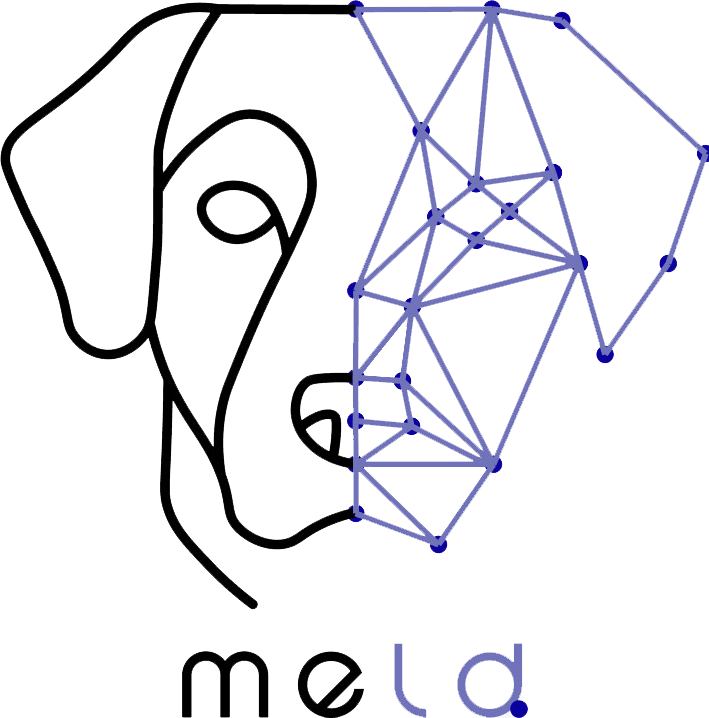This paper introduces a novel objective video-based method for assessing canine Attention-Deficit/Hyperactivity Disorder (ADHD)-like behavior using machine learning. The study trained a Random Forest classifier on video recordings of dogs in a veterinary consultation room, analyzing movement features such as total distance and average speed. This method achieved 81% accuracy in distinguishing between dogs with clinically treated ADHD-like behavior and healthy controls. The resulting H-score, which quantifies the degree of ADHD-like behavior, showed a reduction in 8 out of 11 patients following medical treatment. Behavioral experts perceived the H-score as a valuable, objective tool to support clinical assessment and communication with owners, although they emphasized it should not be the sole basis for diagnosis.
Non-Invasive Computer Vision-Based Fruit Fly Larvae Differentiation: Ceratitis capitata and Bactrocera zonata
This paper proposes a novel, non-invasive method using computer vision

